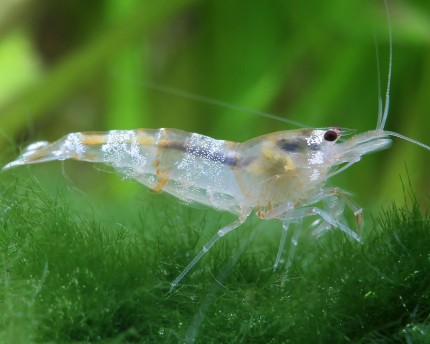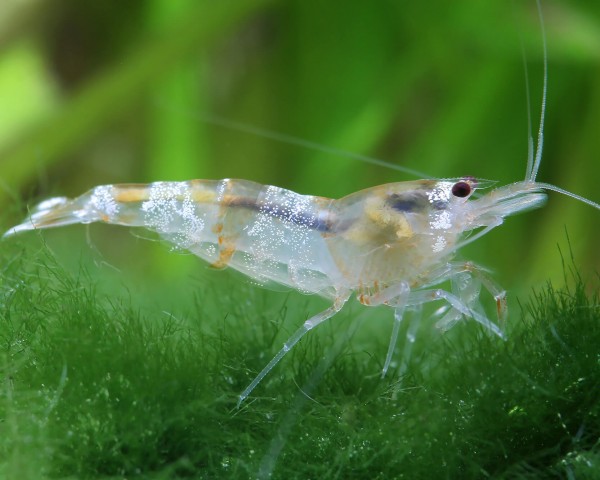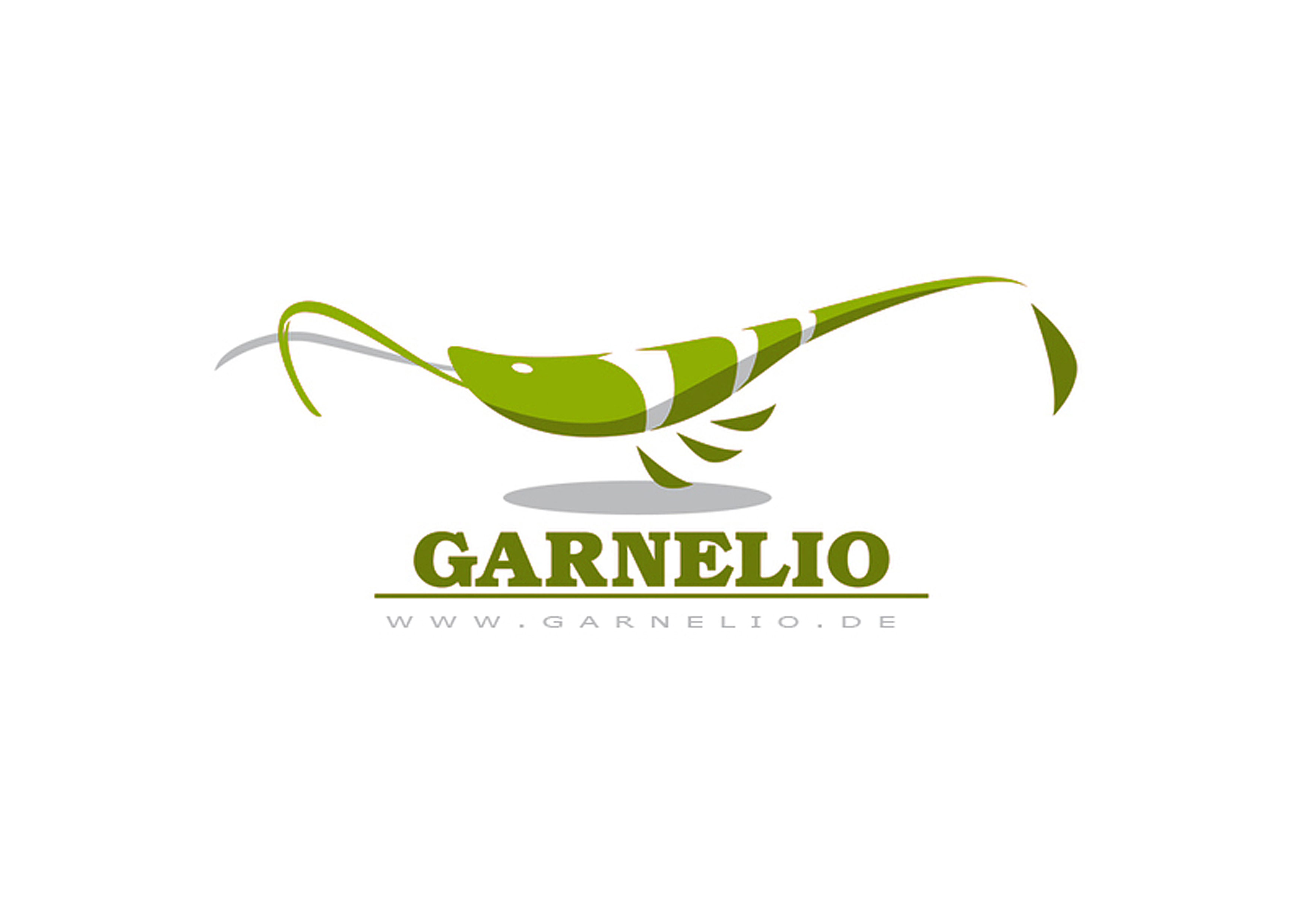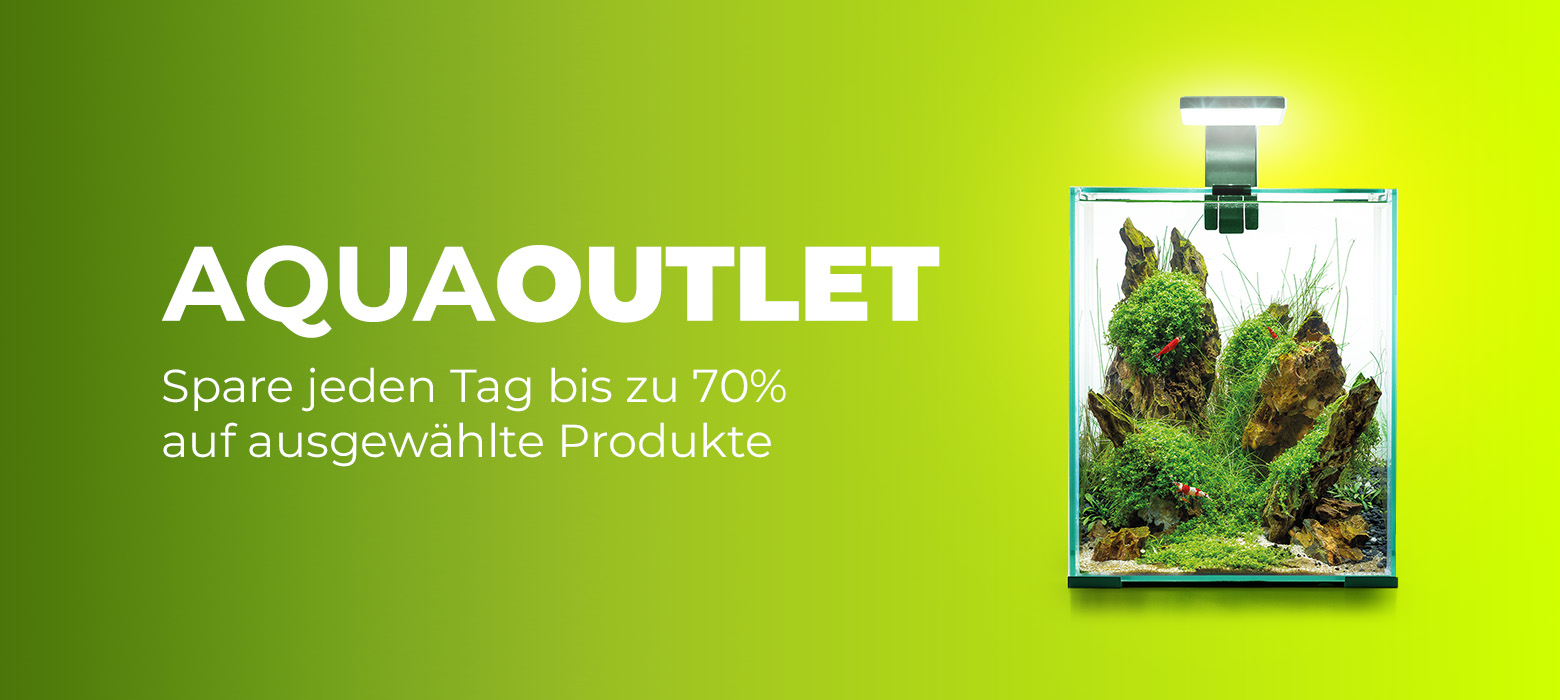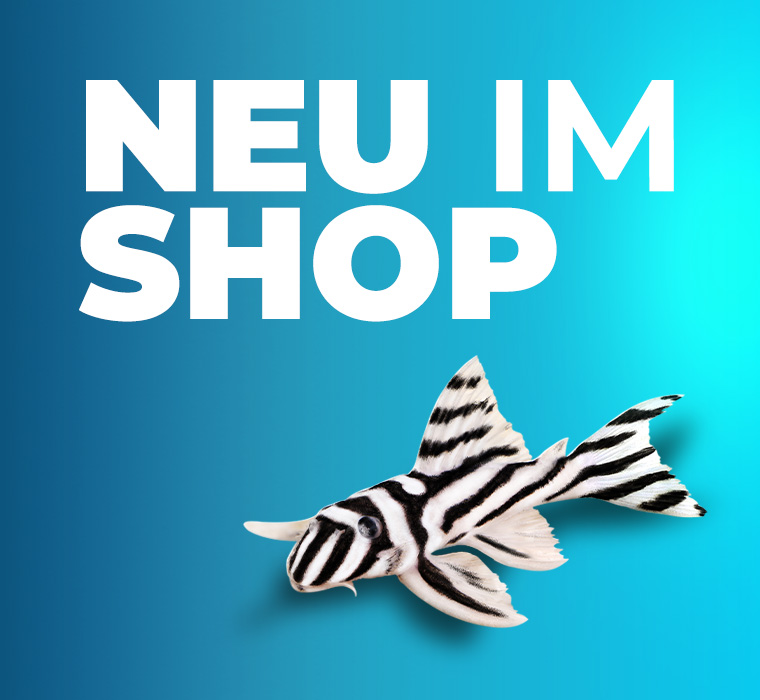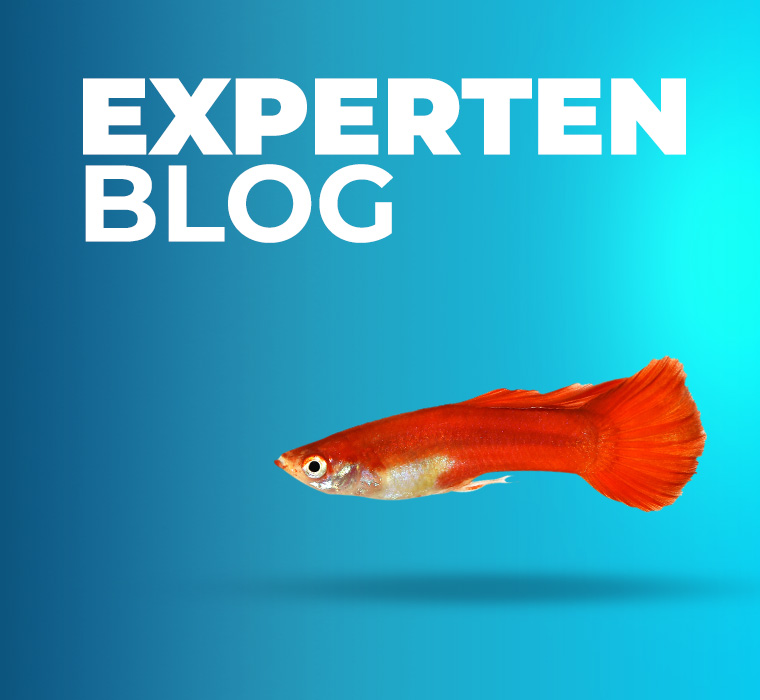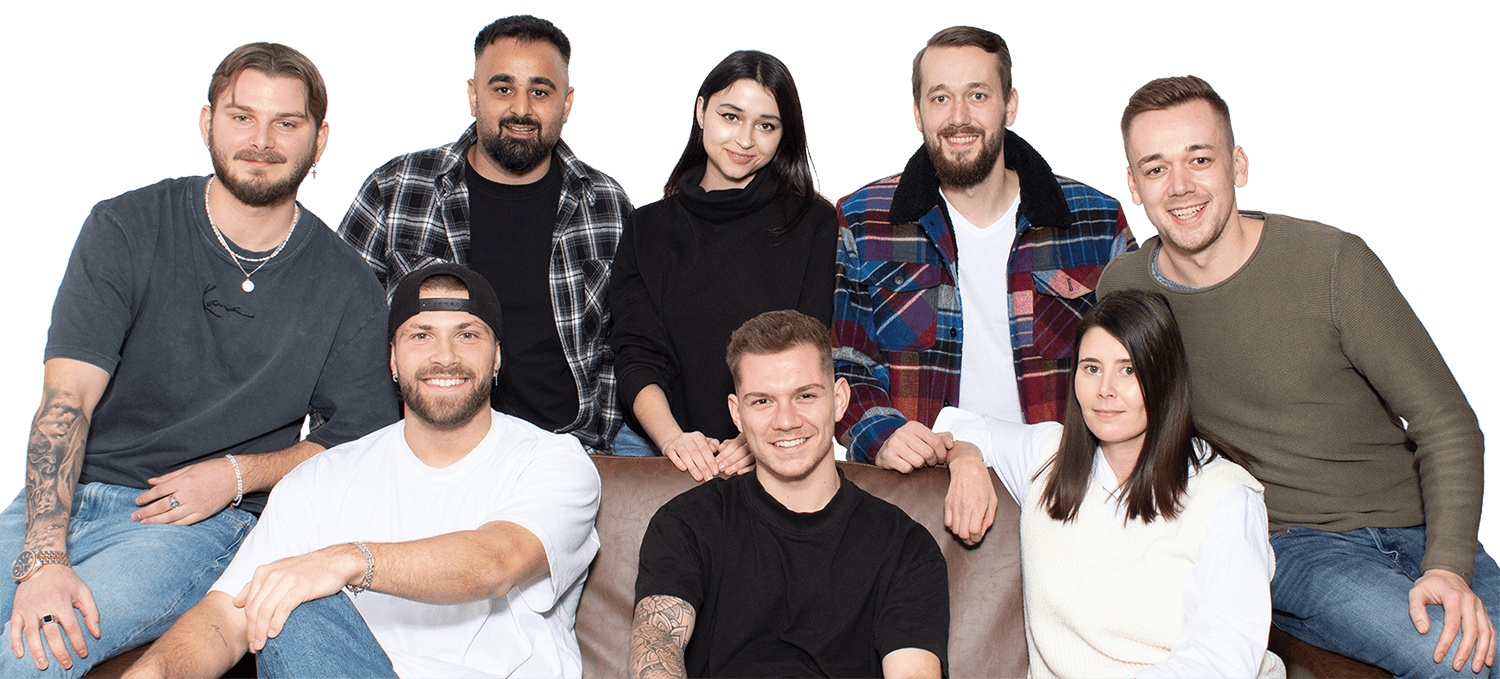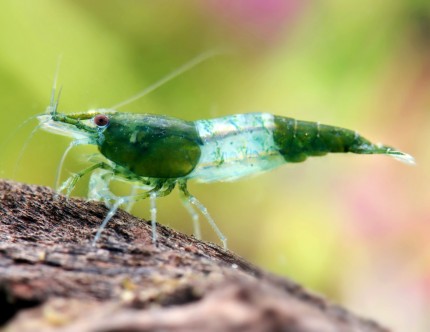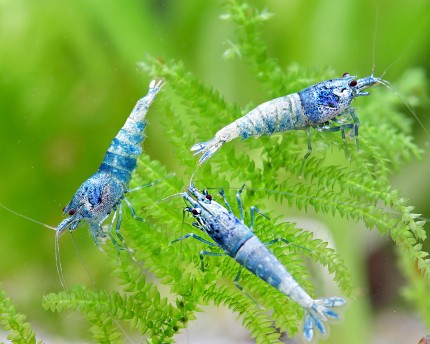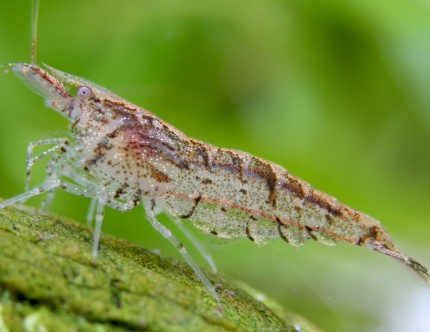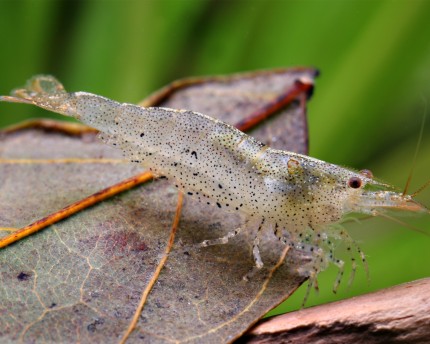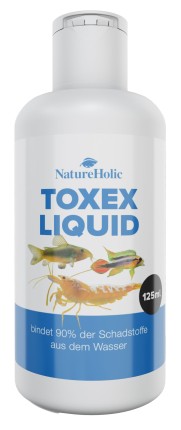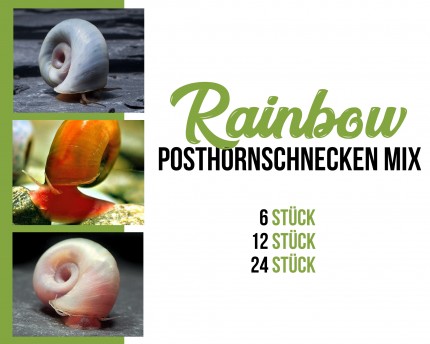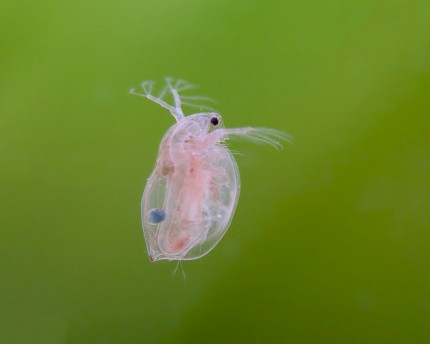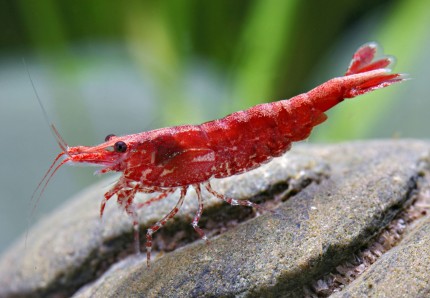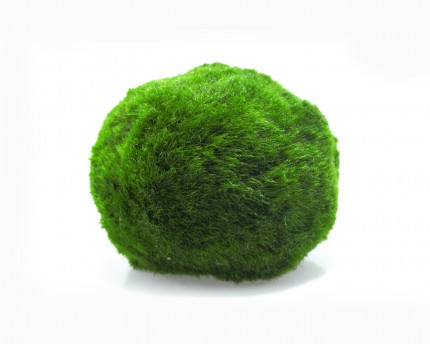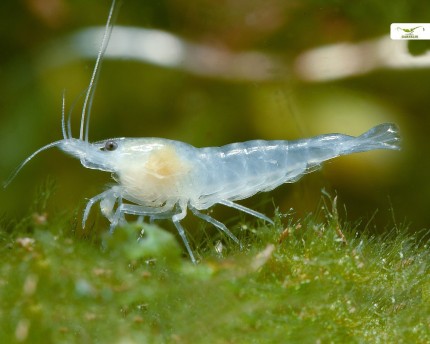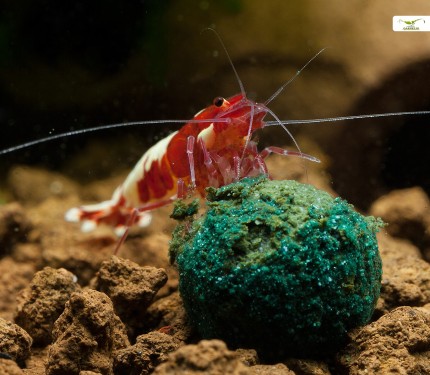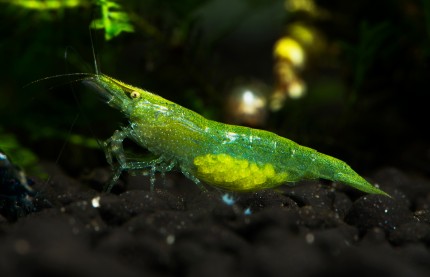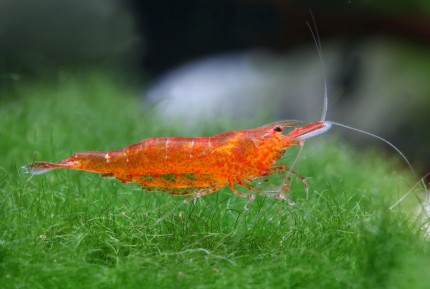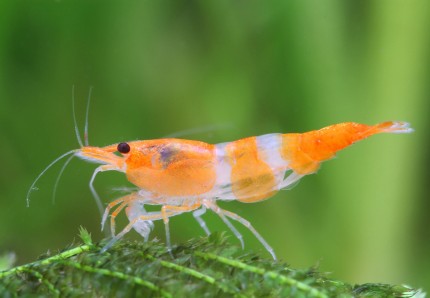| from 3 | € 6,99* € 4,19* / Stk. | -40.1% |
| from 10 | € 6,99* € 3,99* / Stk. | -42.9% |
| from 20 | € 6,99* € 3,69* / Stk. | -47.2% |
incl. VAT plus shipping costs
Ready for shipment in 5 Day(s)
- Item no: 2042
Fast delivery times
All products are in stock with us!14 years of breeding experience
Let our team of experts advise you!High customer satisfaction
from over 3,000 reviews "| Propagation: | possible in fresh water |
| Water values: | soft |
| Difficulty: | for advanced |
| Origin: | German offspring |
| Coloring: | White |
The white bee shrimp (not to be confused with the completely white pigmented Snow White Bee ), which grows up to three centimeters, is very interesting especially for breeders and is a color variant of Caridina logemanni. The species was formerly traded as Caridina cf. cantonensis, but it was described as a separate species in 2014 after a long search uncovered the habitat of the wild black and white bee shrimp in southern China. The White Bee Shrimp is distinguished by its complete lack of black or red color pigments. Many white bee shrimp have no markings at all and look confusingly similar to the White Pearl at first glance. However, if the animals have their white markings and stripes, it is clear. Also a look into the neck or under the webbed feet of the females is helpful - in contrast to the White Pearl with its bright white eggs, the White Bee Shrimp has a light to strong light turquoise shimmering egg spot and of course also eggs like this. In addition to the egg spot, the females can also be recognized by their downward extended belly pouches and the generally somewhat plumper physique.
In nature, bee shrimp are found exclusively in very clean streams with soft and cool oxygen-rich water. They should also be kept in soft water in the aquarium. In harder water white bee shrimp may be kept for a while, but reproduction will be difficult. Especially the carbonate hardness should be between 0 and 1 °dKH. With the help of a bee salt specially called for the remineralization of osmosis water , you can bring osmosis or demineralized water to the values that the bee shrimp prefers. The use of an active Soil in the bee shrimp aquarium is also favorable. The Soil substrate stabilizes the water values in ranges that are favorable for the White Bee Shrimp. Of course, you can also keep them on neutral substrate such as shrimp gravel.
The white bee also likes clean water with a low bacteria count. Water should therefore be changed about 10-30% per week. Vacuuming the substrate from time to time can not hurt either. Sparing feeding keeps the germ count low. In summer the temperatures in the aquarium should not climb over 25°C, cooling should be considered if necessary.
With good keeping conditions the white bee shrimp is not difficult to breed . The females attach 20 to 40 eggs under their abdomen, from which the young shrimp hatch after three to four weeks. Baby bee shrimp are quite site-faithful at the beginning and therefore need a dust food that is reliably distributed in the aquarium and also arrives where the little ones are sitting. No differently pigmented animals occur in the offspring of purely kept white bee shrimp.
White bee shrimp are not picky eaters . They like to eat leftovers like dead leaves or leftover fish food. Brown autumn leaves can be ideally used as permanent food. It has no bad influence on the water values. A special protein food should be fed twice a week, otherwise white bee shrimp are happy with mainly vegetable food.
White bee shrimp are quite peaceful animals . If the requirements to the water values match, they can be socialized well with other shrimp species, with color varieties of the bee shr imp anyway. With all species and varieties of Caridina logemanni and Caridina mariae the White Bee Shrimp can interbreed. Peaceful snails are suitable for socialization as well as small peaceful fish. It is possible, however, that even a very peaceful fish will snatch freshly hatched baby shrimp. If you want to optimize reproduction and breeding, the white bee shrimp is definitely best kept in a species tank.
Our food recommendation: NatureHolic's soft mainfeed softpads are designed for daily feeding. They contain all the nutrients shrimp need for shell development, egg formation and growth. During the production we pay attention to a gentle and environmentally friendly production, which preserves the vitamins and other valuable ingredients as much as possible.
Our plant recommendation: Use for planting NatureHolic InVitros. These are free of snails, planaria and other unwanted co-inhabitants. Also free of algae spores, bacteria and fungi.
Expert Tip: We recommend for fish keeping the NatureHolic 3 Phase Liquid. The care set offers the best all-round protection for your animals. It ensures optimal conditions for successful breeding and keeping.
| Scientific name: | Caridina logemanni Klotz & von Rintelen, 2014 |
| German name: | White bee shrimp |
| Difficulty level: | for informed beginners and advanced fishers |
| Origin/distribution: | aquarium-bred color variety |
| Coloration: | transparent with individually varying widths of white markings, stripes or patterns, black and red pigments are completely absent |
| Age expectancy: | 18 to 24 months |
| Water parameters: | GH 3 to 10, KH 0 to 3, pH 5 to 7.5, temperature 15 to 25 °C |
| Tank size: | from 10 l, but we recommend a size of at least 20 l, especially for beginners |
| Food: | Protein food 1 to 2x weekly, otherwise rather vegetable(Natureholic Mainfeed) |
| Propagation: | relatively easy, after three to four weeks 20 to 40 young hatch |
| Behavior: | peaceful |
| Socialization: | with other shrimps, small peaceful fish and snails |
| Further information | Foliage for the aquarium + foliage list, Feed shrimp, crayfish, snails & mussels properly, 10 tips for budding aquarists |
- Item no: 2042
Entdecke die Garnelio Welt!
Garnelio gehört zu den größten Onlineshops für wirbellose Aquarientiere weltweit.
Viele Artikel gibt es exklusiv nur bei uns im Shop.

